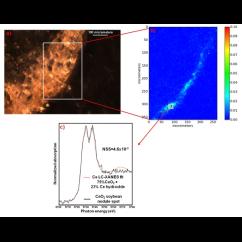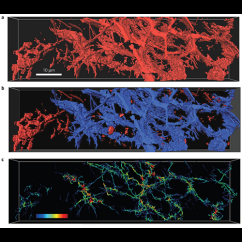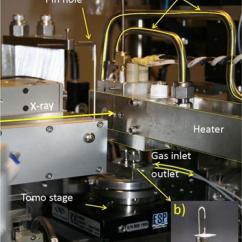A Five-dimensional Visualization of the Pressure-induced Phase Transition in BiNiO3
It is common knowledge that materials expand when heated. However, a chemical compound known as BiNiO3 proves to be quite extraordinary in that it contracts with rising temperature. By mixing BiNiO3 with “conventionally” expanding materials, it becomes possible to produce composite materials with zero or other desired thermal expansion values – a possibility with great potential for engineering and other applications. The same transition from a low-density to a high-density phase of BiNiO3 observed for increasing temperatures can also be induced by applying high pressure.







